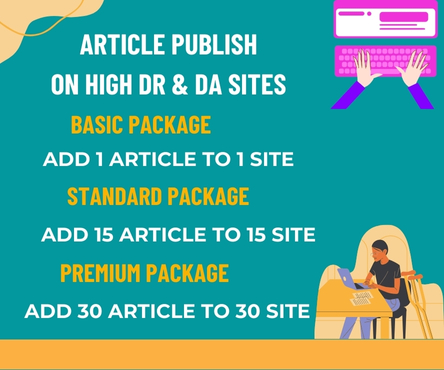In today’s fast-paced real estate market, first impressions are everything. Buyers no longer begin their home search by driving through neighborhoods—they start online, scrolling through countless listings. In this digital arena, standing out is no longer optional; it’s essential. That’s where Virtual Staging steps in, revolutionizing the way properties are presented and helping real estate professionals close deals faster and at higher prices.
Virtual staging is the process of using digital technology to furnish and decorate photos of vacant homes. Unlike traditional staging, which involves physically moving furniture and decor into a property, virtual staging is entirely computer-generated. This method not only saves time and money but also offers unmatched flexibility and creative possibilities.
One of the most significant advantages of virtual staging is its cost-effectiveness. Traditional staging can cost thousands of dollars per month, especially if the home remains on the market longer than expected. In contrast, virtual staging typically requires only a one-time fee that is a fraction of the cost. This makes it an appealing option for real estate agents, property managers, and homeowners looking to maximize their return on investment.
Beyond cost, virtual staging addresses the challenge of helping buyers visualize the potential of an empty space. Empty rooms often appear smaller and less inviting in photos, making it difficult for buyers to imagine how they would arrange their furniture or use the space. Virtual staging brings these empty rooms to life, adding stylish furniture, artwork, and even lighting effects to create a warm and inviting atmosphere. As a result, listings with virtually staged photos tend to receive more views, longer engagement times, and ultimately, more offers.
Flexibility is another key reason why virtual staging has become a must-have tool in real estate marketing. With digital staging, realtors can target different buyer demographics by changing styles to suit various tastes. Whether the target audience prefers modern minimalism, classic elegance, or cozy rustic charm, virtual staging can adapt instantly without the need for physical changes. This tailored approach can make a listing resonate more deeply with prospective buyers, increasing the likelihood of a successful sale.
Moreover, virtual staging is an environmentally friendly alternative to traditional methods. By reducing the need for moving furniture and constant physical updates, it cuts down on transportation emissions and waste, aligning with the growing trend toward sustainable business practices in real estate.
In conclusion, as the real estate market becomes increasingly competitive and digital, virtual staging has emerged as a game-changer. It offers cost savings, visual impact, flexibility, and eco-friendly benefits that traditional staging simply cannot match. For agents and sellers looking to transform their listings and capture buyers’ attention from the first click, virtual staging is no longer a luxury—it’s a necessity.

